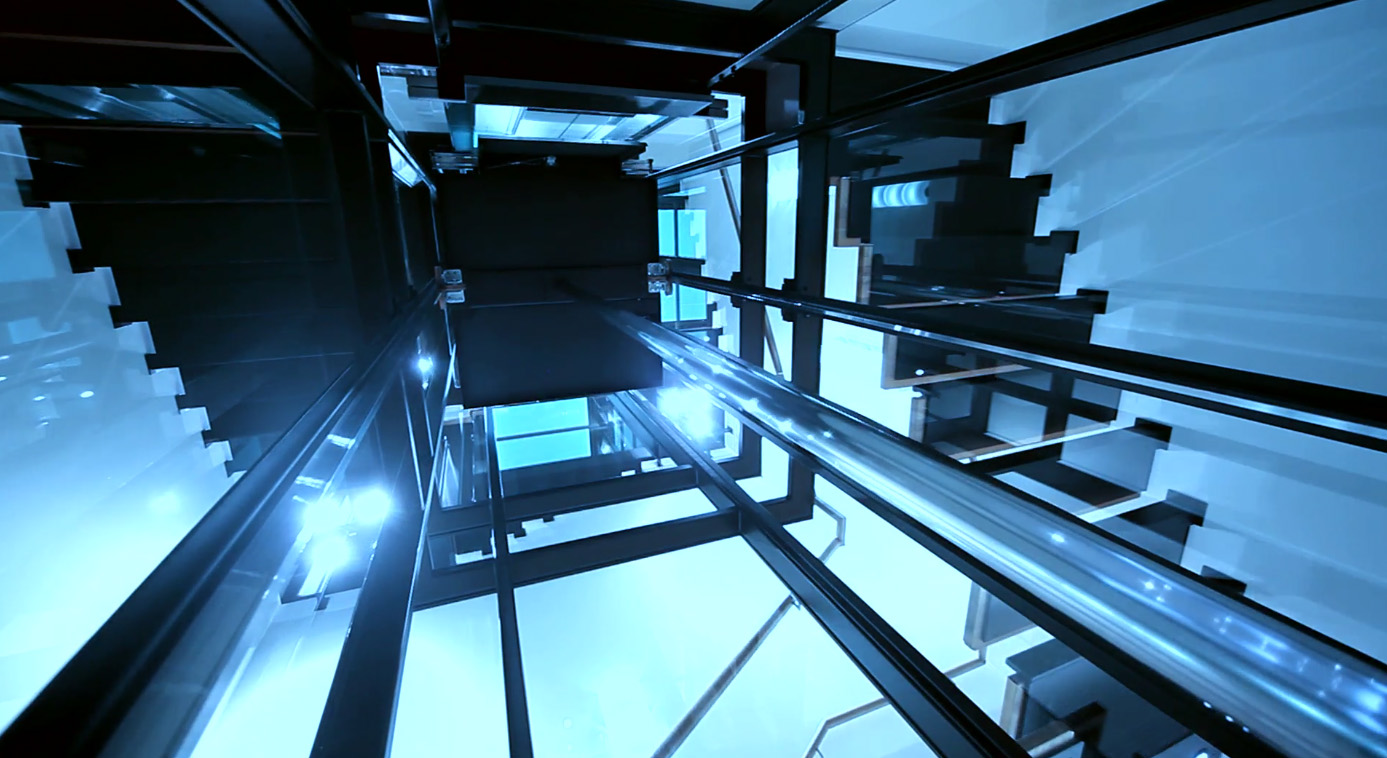
Elevator lifts are practical machines designed to move people or goods between different floors. They are installed in various places, including residential buildings, offices, hospitals, and shopping centers. Depending on the structure and how the building is used, different types of lifts are selected. Each type works in a specific way to carry out vertical transportation.
Hydraulic lift:
This type of elevator lift uses fluid pressure to move the elevator car. A piston located at the bottom pushes the lift upwards when hydraulic fluid is pumped into it. These lifts usually travel at a slower speed and are suitable for buildings with fewer floors. They are generally found in places with low to moderate traffic.
Traction lift:
Traction lifts operate using ropes, pulleys, and counterweights. These lifts are known for their smooth movement and higher speed. They are powered by an electric motor and are well-suited to taller buildings. There are two variations: geared and gearless traction lifts. Gearless types are often found in high-rise buildings due to their higher efficiency.
Machine room-less (MRL) lift:
An MRL lift functions similarly to a traction lift but does not involve a separate machine room. Instead, the motor and control system are placed within the lift shaft. This setup saves space and allows for easier placement in buildings with limited construction room. MRL lifts are typically found in mid-rise and low-rise buildings.
Pneumatic lift:
This lift operates using air pressure. A vacuum system moves the lift car up and down through a cylindrical tube. Pneumatic lifts do not involve cables, pulleys, or counterweights. Their compact design and minimal structural impact make them suitable for homes or small buildings. They are often used where traditional lift installations are not possible.
Platform lift:
A platform lift is generally used for moving individuals with mobility essentials. It consists of a platform with guardrails and may operate using hydraulics or screws. These lifts are usually installed indoors or outdoors and provide access between short levels. They are seen in buildings that focus on accessibility.
Scissor lift:
This is a type of vertical lift that uses a criss-cross metal support structure to move up and down. Scissor lifts are commonly used in industrial or maintenance settings rather than in regular buildings. They help raise equipment or workers to higher levels for specific tasks and are generally mobile.